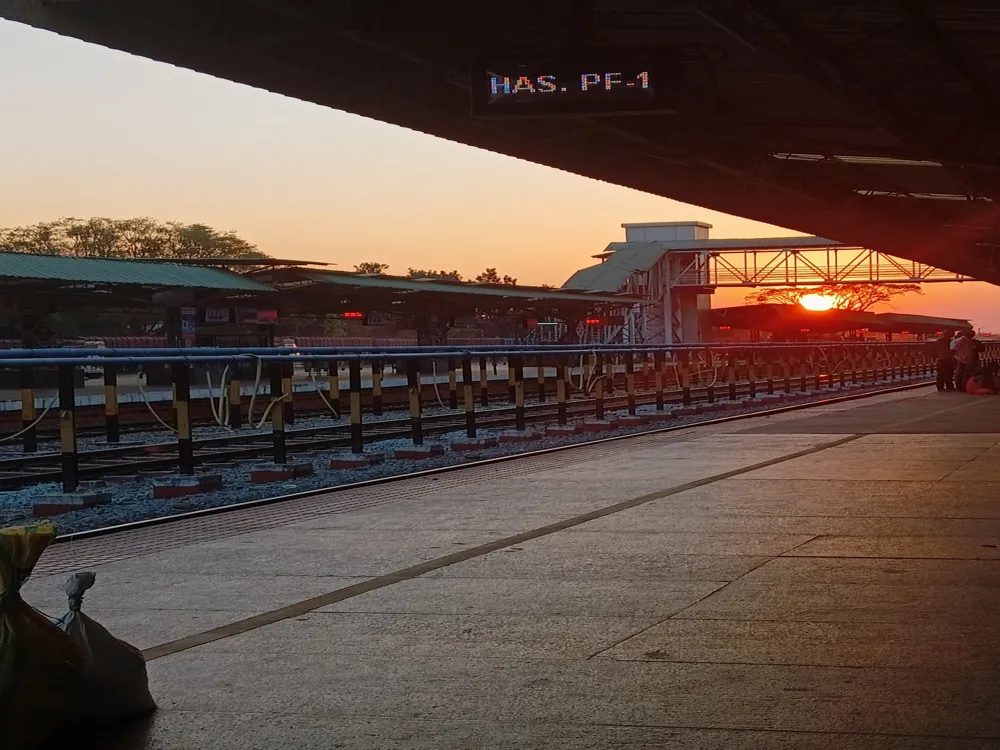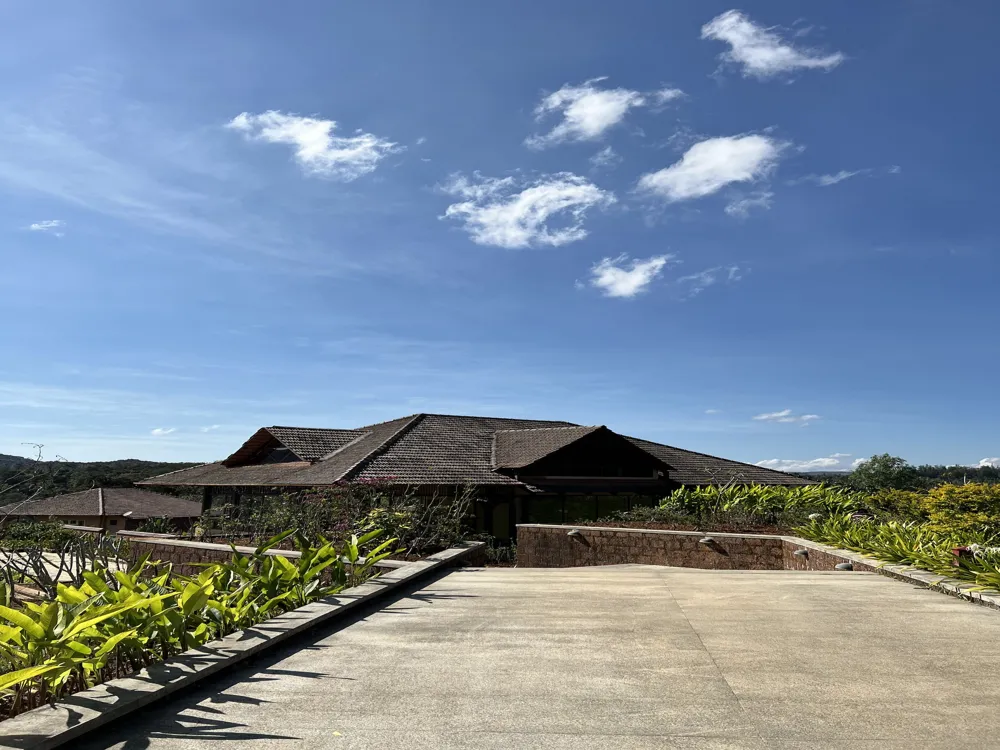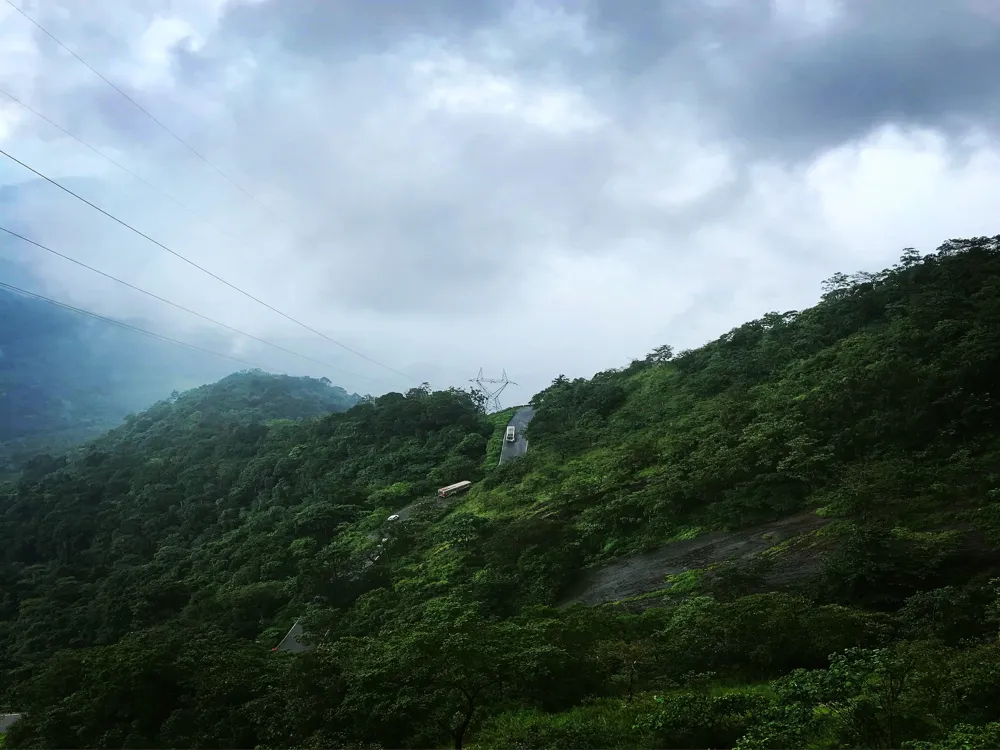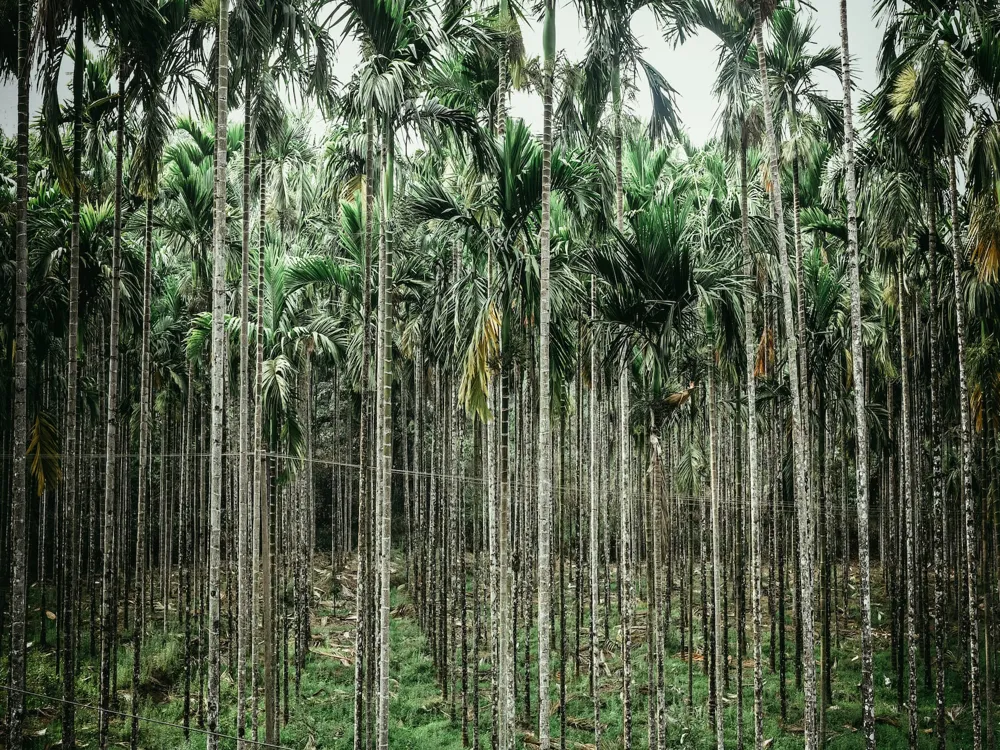The Lakshmi Devi Temple, located in the ancient and historically rich town of Hassan, Karnataka, is a splendid example of 12th-century Hoysala architecture. This temple, dedicated to Goddess Lakshmi, stands as a testament to the artistic and cultural accomplishments of the Hoysala Empire. Nestled in the heart of Karnataka, the temple attracts visitors not only for its religious significance but also for its architectural brilliance. The temple's history is deeply intertwined with the rich tapestry of South Indian culture and Hindu mythology, making it a fascinating destination for both devotees and history enthusiasts alike. The Lakshmi Devi Temple was built in the early 12th century by the Hoysalas, a mighty dynasty known for their patronage of art and culture. The temple's construction was commissioned by King Vishnuvardhana, one of the most prominent rulers of the dynasty. This era witnessed a remarkable transformation in temple architecture, with the Hoysalas introducing intricate carvings, detailed sculptures, and unique design elements that set their structures apart. The temple is not just a place of worship but also a symbol of the religious and cultural ethos of the time. According to local legends, the temple is associated with several mythological tales revolving around Goddess Lakshmi, the deity of wealth and prosperity in Hinduism. These stories are depicted in various forms around the temple, through sculptures and carvings, allowing visitors to delve into a world of ancient myths and legends. The architecture of the Lakshmi Devi Temple is a magnificent example of the Hoysala architectural style, renowned for its intricate detailing and unique form. The temple's design reflects a harmonious blend of religious symbolism and artistic expression, making it a masterpiece of medieval South Indian temple architecture. The temple's layout is based on a star-shaped platform, a distinctive feature of Hoysala architecture. This star shape not only adds to the aesthetic appeal but also symbolizes the celestial connection of the divine. The main temple consists of a sanctum, a vestibule, and a closed hall, leading to an open hall or Navaranga. The walls of the temple are adorned with an array of sculptures depicting deities, mythical animals, and scenes from Hindu epics. The attention to detail in these carvings is astonishing, with each figure showcasing the skilled craftsmanship of Hoysala artisans. The temple's exterior walls are decorated with horizontal friezes, each layer narrating different aspects of life, from nature to divine tales. The temple is rich in symbolic iconography. The frequent depictions of Goddess Lakshmi symbolize wealth, prosperity, and good fortune. Other deities, like Lord Vishnu and Shiva, are also represented, reflecting the inclusive nature of Hoysala religious practices. The intricate carvings of flora and fauna represent the unity of nature and divinity, a common theme in Hoysala art. Visitors should adhere to a modest dress code, preferably traditional or semi-formal attire. It's important to respect the sanctity of the temple by maintaining a quiet and composed demeanor throughout the visit. While photography may be allowed in certain areas, it is advisable to check with the temple authorities for specific rules. Flash photography and videography might be restricted, especially inside the main sanctum. The ideal time to visit the temple is during the cooler months from October to March. Early mornings or late afternoons are preferable to avoid the harsh sun and to experience the temple in its tranquil ambiance. It's recommended to follow local customs and traditions, such as removing shoes before entering the temple premises. Engaging with local guides or priests can enrich the visit with insights into the temple's history and mythology. The Lakshmi Devi Temple in Hassan, Karnataka, is well-connected by road and rail. The nearest major city is Bangalore, approximately 200 kilometers away. Visitors can reach Hassan by train or bus from major cities like Bangalore, Mysore, and Mangalore. From Hassan, the temple is easily accessible by local taxis or auto-rickshaws. For those driving, the well-maintained roads offer a scenic journey through the lush landscapes of Karnataka. Read More:Overview of Lakshmi Devi Temple, Hassan, Karnataka
Historical Significance
Mythological Connections
Architecture of Lakshmi Devi Temple
Structural Design
Sculptural Artistry
Symbolism and Iconography
Tips When Visiting Lakshmi Devi Temple
Dress Code and Conduct
Photography Guidelines
Best Time to Visit
Local Etiquette
How To Reach Lakshmi Devi Temple
Lakshmi Devi Temple
Hassan
Karnataka
NaN onwards
View hassan Packages
Hassan Travel Packages
View All Packages For Hassan
Top Hotel Collections for Hassan

Private Pool

Luxury Hotels

5-Star Hotels

Pet Friendly
Top Hotels Near Hassan
Other Top Ranking Places In Hassan
View All Places To Visit In hassan
View hassan Packages
Hassan Travel Packages
View All Packages For Hassan
Top Hotel Collections for Hassan

Private Pool

Luxury Hotels

5-Star Hotels

Pet Friendly






















